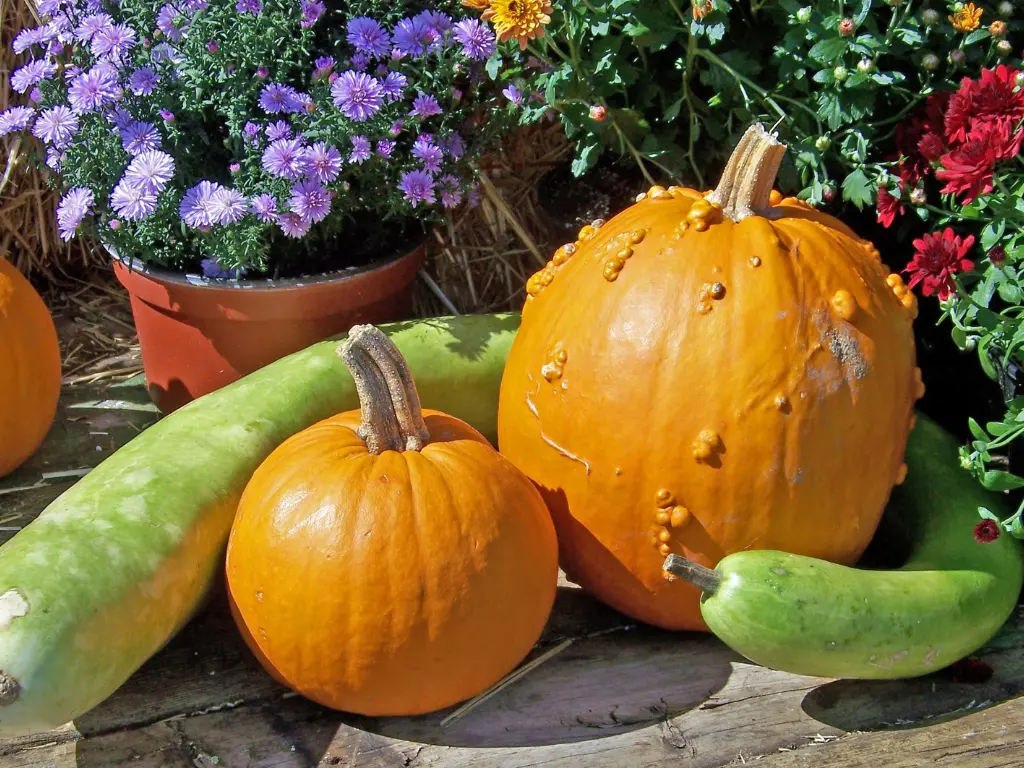Guides
Fall Gardening: Do’s and Don’ts
As summer winds down and cooler nights roll in, it’s tempting to think gardening season is over. But fall is far from the end, it’s a critical time to set your garden up for success, both now and next year. In fact, what you do (or don’t do) in autumn can determine how well your plants thrive come spring.
The good news? Fall gardening doesn’t have to be complicated. By following a few simple do’s and don’ts, you’ll enjoy healthier soil, stronger perennials, and even some late-season harvests. Let’s dig in.
Fall Gardening Do’s
Do plant cool-season crops.
Fall is perfect for greens like spinach, kale, lettuce, and arugula, as well as root crops like carrots and radishes. These vegetables thrive in cooler weather and often taste sweeter after a frost.
Do plant spring-flowering bulbs.
Tulips, daffodils, crocus, and hyacinths all need a cold dormancy period. Planting them in fall ensures they’ll burst into bloom next spring.
Do clean up spent plants.
Remove diseased or pest-infested plant material so it doesn’t carry problems into the next season. Healthy leftovers can be composted for rich organic matter.
Do improve your soil.
Autumn is the ideal time to add compost, well-rotted manure, or shredded leaves. Over the winter, organic matter breaks down and enriches the soil, ready for spring planting.
Do mulch generously.
A thick layer of mulch protects plant roots, helps prevent weeds, and regulates soil temperature. It’s especially important for perennials, shrubs, and trees heading into winter.
Do divide and transplant perennials.
Plants like hostas, irises, and daylilies can be divided in fall to refresh their growth. This also gives them time to establish roots before the ground freezes.
Do plant trees and shrubs.
Cool temperatures and regular rainfall help them settle in without the stress of summer heat. By spring, their root systems will be strong and ready for new growth.
Fall Gardening Don’ts
Don’t ignore frost dates.
Every zone has an average first frost date. Pay attention, especially if you’re planting cool-season vegetables. A little planning ensures crops mature before the cold sets in.
Don’t over-fertilize.
Fall is for soil conditioning, not heavy feeding. Too much fertilizer encourages tender new growth that won’t survive winter. Stick with compost or organic matter instead.
Don’t leave tools and hoses out.
Cold weather damages hoses, pots, and tools. Clean, drain, and store them properly so they last for years to come.
Don’t prune too heavily.
Many plants, especially spring-blooming shrubs, set buds in late summer or fall. Heavy pruning now can mean fewer flowers next year. Wait until late winter or early spring for major cuts.
Don’t forget tender plants.
Some perennials, young trees, and delicate shrubs need extra protection. Use mulch, burlap wraps, or row covers to shield them from harsh winter conditions.
Don’t think of fall as the end.
Autumn is the start of next year’s garden. Skipping fall prep means missing the chance to build better soil and stronger plants for the future.
Frequently Asked Questions
1. Is it too late to plant in the fall?
Not at all. Many vegetables, bulbs, trees, and perennials do best when planted in the fall. Just check your frost dates and plant accordingly.
2. Should I compost fallen leaves?
Yes—fallen leaves are an excellent resource. Shred them for quicker decomposition or pile them up to make leaf mold, a fantastic soil conditioner.
3. Can I still grow herbs in fall?
Cold-hardy herbs like parsley, thyme, and chives thrive in cooler weather. You can also pot up tender herbs and bring them indoors.
4. Should I cut back perennials now?
Cut back only diseased or damaged growth. Many perennials benefit from leaving foliage in place over winter to protect crowns and provide habitat for pollinators.
5. What’s the most important fall gardening task?
If you do nothing else, focus on improving your soil and mulching. Healthy soil and protected roots give you a strong foundation for spring.
Conclusion
Fall gardening is about working with the season, not against it. By planting cool-weather crops, refreshing your soil, and protecting your perennials, you’ll set your garden up for success year-round. Avoid common mistakes like over-fertilizing, pruning too soon, or neglecting frost protection, and your plants will reward you with strength and beauty next spring.
Remember: autumn isn’t just the finale of summer gardening—it’s the beginning of next year’s growing season. A little effort now goes a long way toward a thriving, resilient garden.

